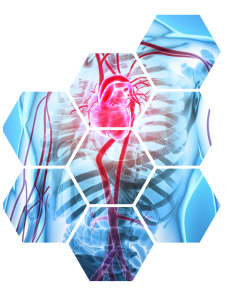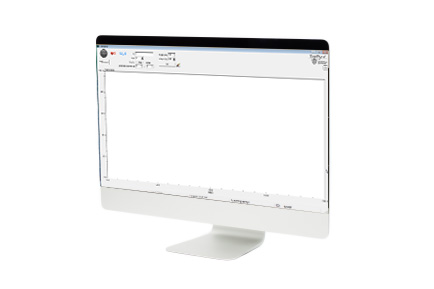CardioAnalyst – Early stage diagnostics

CardioAnalyst
Cardiovascular system diseases are currently one of the main reasons for sickness, disablement, and death. Early screening and quality monitoring can moderate the impact of these diseases on patient’s quality of life. It is easier to prevent the heart condition than to deal with the consequences of heart attack or heart failure. Prevention also leads to a substantial cost reduction for later surgery and both acute and recuperative health care.
The function of CardioAnalyst is based on a detailed analysis of the course and shape of the PPG curve. Data collected from anonymous patients with cardiovascular disease are processed into clusters (categories), using methods of mathematical analysis. These categories signify similar or identical anamnesis and, with sufficient amount of data, are able to identify the cardiovascular system’s condition and possible related risks. Diastolic and systolic blood pressure can also be highly reliably calculated from the course of the PPG curve.
CardioAnalyst analytic software offers the following information based on a brief measurement with pulse oximeter:
• Heart rhythm;
• Oxygen saturation value SpO2, including the Plethysmographic curve;
• Heart rhythm variability expressed in %;
• Diastolic and systolic blood pressure estimation;
• Cardiovascular system current state classification;
• Mental stress – increase in heart rhythm.
Photoplethysmography (PPG) of blood vessels is a non-invasive method offering information on both peripheral vascular system and cardiovascular system. It is an optical measurement technique that uses an invisible infrared light sent into the tissue and the amount of the backscattered light corresponds with the variation of the blood volume, expressed in PPG waveform. PPG waveform results from cardiac synchronous changes in the blood volume with each heartbeat, also reflecting elasticity of the vessels. This elasticity can be decreased as a result of fat deposition. Lower elasticity leads to faster pulse wave and higher cardiac workload. PPG waveform is influenced by a number of factors, such as age, gender, height, fitness, or heart rate. Vessel elasticity is negatively influenced by various diseases (diabetes mellitus, hyperlipoproteinemia, arterial hypertension) and also by pharmaceutical products.

PPG curve was first described in 1930 but its diagnostic potential in cardiology, vascular medicine, and dozens of related areas from neurology to diabetology has only been realized in recent years. It is a simple and low-cost technique that can be successfully applied both in clinical practice and in preventive medicine. Information contained in the course and shape of a standardized PPG curve is far from being fully examined and will no doubt lead to further applications. This is also reflected by a currently fast growing interest in photoplethysmography.
CardioAnalyst saves time and money
End User – Physician:
• Non-invasive measurement only takes 15 seconds and the whole examination takes 1 minute;
• Results and their interpretation are immediately available, depending on the internet connection to the server where interpretation analysis takes place;
• Results offer a wide spectrum of information on patient’s cardiovascular system.
End User – Physician:
• No need for further visits to outpatients’ departments (blood taking, ECG);
• Diagnosis and treatment determined within a single visit;
• Detailed information on the condition of patient’s cardiovascular system;
• Prevention and warning in the case of cardiovascular problems.
